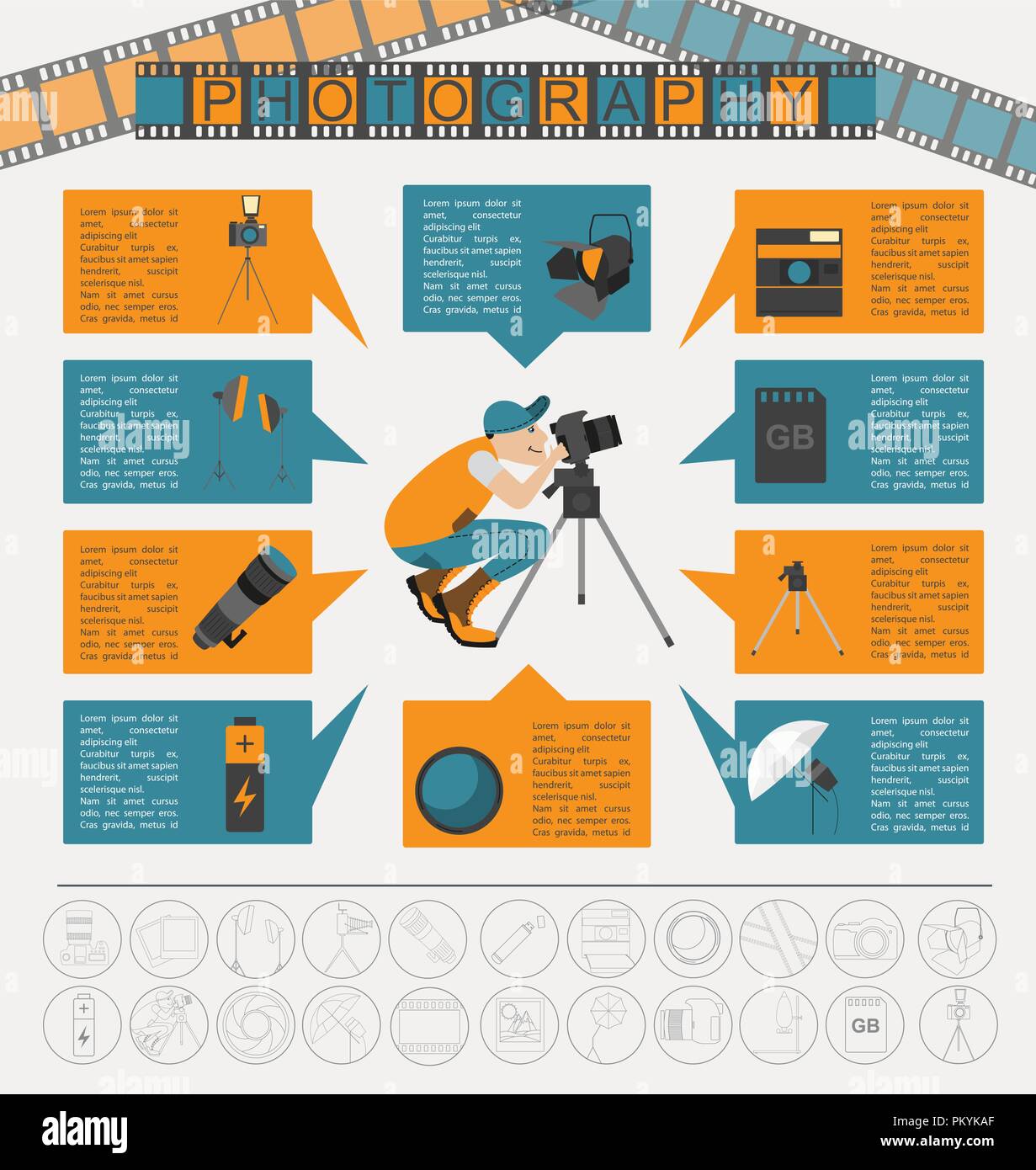Photography Tips For Beginners: Mastering Your Camera In No Time
Photography Tips For Beginners: Mastering Your Camera In No Time
Blog Article
Article Writer-Weber Dalton
When you first pick up your camera, it can really feel overwhelming with all the settings and choices readily available. You might find yourself asking yourself exactly how to navigate aperture, shutter speed, and ISO properly. Grasping these principles is essential, however there's more to digital photography than simply technical knowledge. Recognizing make-up https://blogfreely.net/deidra0mable/change-your-portrait-photography-with-basic-methods-that-enhance-lighting-and and lights problems can raise your photos dramatically. So, what if you could learn easy strategies to boost your skills and start capturing remarkable images faster than you think? Let's check out how to transform your photography journey.
Recognizing Electronic Camera Settings
Understanding your video camera setups is crucial for capturing stunning pictures. When you get your cam, familiarize yourself with the 3 major settings: aperture, shutter rate, and ISO. Each plays an important role in exactly how your photos end up.
Start with aperture, which manages the amount of light going into the lens. A bigger aperture (lower f-number) allows much more light and produces an attractive background blur, ideal for portraits. Conversely, a narrower aperture (greater f-number) maintains even more of the scene in emphasis, ideal for landscapes.
Next off, focus on shutter speed. This setup determines for how long your electronic camera's sensing unit is subjected to light. A rapid shutter speed freezes activity, which is fantastic for activity shots, while a slow-moving shutter speed can develop magnificent effects like smooth water in landscapes.
Finally, change your ISO. This setup affects your video camera's level of sensitivity to light. A higher ISO works in low-light circumstances yet can introduce sound or grain. Aim for the most affordable ISO possible while still accomplishing appropriate exposure.
Composition Strategies
When you're out shooting, structure can make all the difference in how your photos resonate with viewers. Beginning by using the rule of thirds; envision your structure separated right into nine equal areas with 2 straight and two vertical lines. Setting copyright photography along these lines or at their junctions to develop equilibrium and rate of interest.
Next, consider leading lines. These all-natural lines in your scene, like roads or rivers, draw the visitor's eye right into the picture, leading them with the tale you're telling.
Don't forget about framing; usage elements within your scene, like trees or home windows, to create a framework around your subject, adding depth and emphasis.
Also, keep an eye on your background. A chaotic history can sidetrack from your main topic, while an easy one aids it stick out.
Last but not least, try out proportion and patterns; they can create a striking picture that records interest.
Learning Lighting Conditions
Grasping lights conditions is crucial for catching stunning pictures, as the ideal light can change a regular scene into something amazing.
Begin by observing natural light at various times of the day. Early mornings and late afternoons offer the best light, called the gold hour. The soft, warm tones throughout these times can improve your photos wonderfully.
Do not avoid cloudy days either; diffused light can reduce rough shadows and create a pleasing result, specifically for portraits.
Experiment with backlighting by placing your topic versus the light source. This strategy can develop a wonderful halo impact and include deepness to your pictures.
Take notice of your cam setups also. Adjust the ISO, aperture, and shutter rate to suit the illumination problems. A greater ISO can help in low light, however be cautious of grain.
Make use of a tripod in darker atmospheres to avoid blur.
Lastly, don't forget artificial lighting. Flash and continuous lights can be great tools for regulating light in challenging conditions.
Conclusion
In conclusion, mastering your video camera doesn't have to be frustrating. By recognizing your settings, applying make-up methods, and utilizing the power of all-natural light, you'll promptly elevate your digital photography skills. Remember, practice makes excellent, so venture out there and trying out your newfound understanding. With time and commitment, you'll be recording sensational images that show your unique viewpoint. Take pleasure in the trip, and don't fail to remember to have fun while you're at it!
